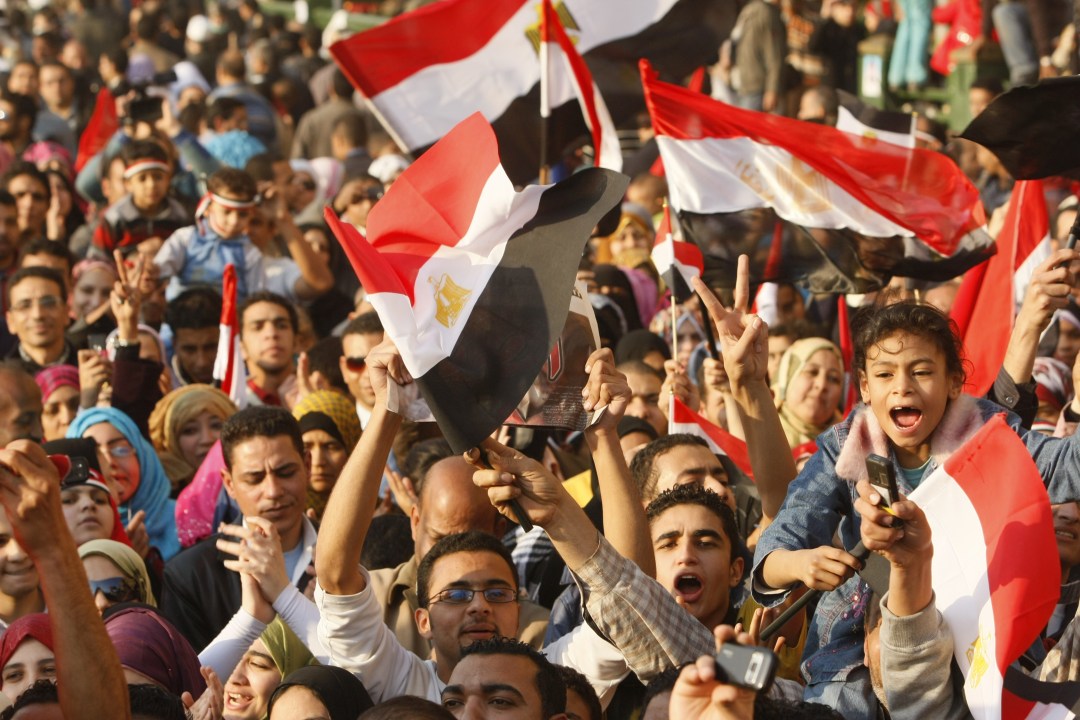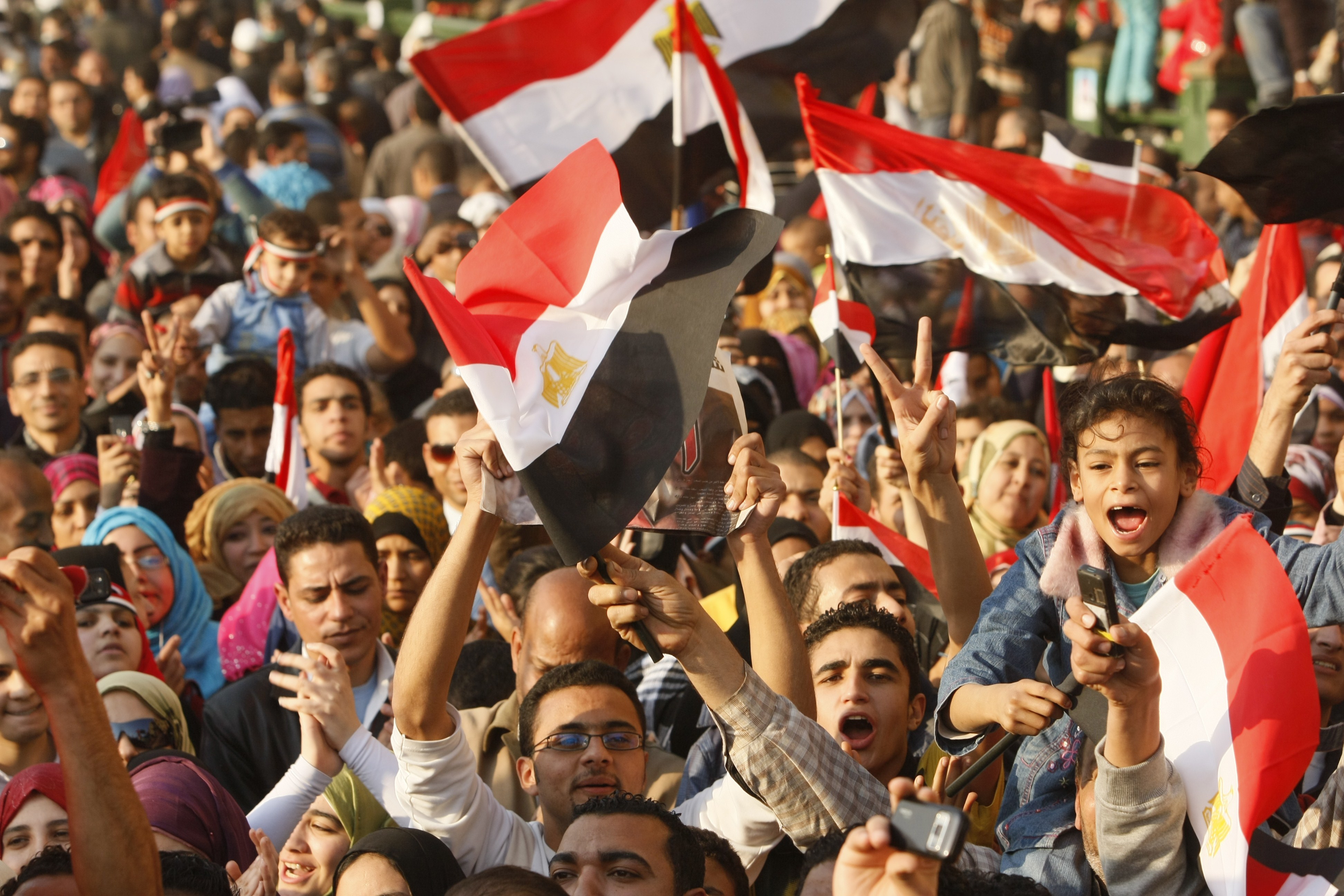 The world’s most wanted terrorist, Osama Bin Laden, was shot Sunday morning in Pakistan by US special forces. But in reality he had died months ago. On the 25 of January 2011 to be exact. Or that is at least when Bin Laden’s power ended. For on that day millions of protesters — predominantly young Muslims — took to the streets of Cairo and demanded the overthrow of the regime of Egyptian President Hosni Mubarak, and succeeded.
The world’s most wanted terrorist, Osama Bin Laden, was shot Sunday morning in Pakistan by US special forces. But in reality he had died months ago. On the 25 of January 2011 to be exact. Or that is at least when Bin Laden’s power ended. For on that day millions of protesters — predominantly young Muslims — took to the streets of Cairo and demanded the overthrow of the regime of Egyptian President Hosni Mubarak, and succeeded.
With this act, they gave, for the first time since 9/1 and arguably for three decades, the Muslim world a more easily-understood and persuasive narrative than the one of anti-US resistance Al Qaeda had so successfully provided. After that, Bin Laden could carry out more attacks. He could kill more people. He could continue to provide a global framework to local conflicts. But the power the really sought — that of a transnational figure who would capture the collective imagination of the world’s Muslims — had waned. It had been killed off not by the West but by the people he sought to persuade — the young Muslims of the Middle East. His dream of a Caliphate and an ascetic medieval lifestyle was usurped by internet-savvy, liberal youths who had succumbed to the West’s better political ideas: democracy and individual liberty. His psychical destruction, though very welcome, was in a way a natural follow-on.
In the coming days there will be many who will argue that Bin Laden cannot die, as he will live in a perverse form of martyrdom; or that his death is irrelevant as Bin Laden spawned an unstoppable idea and an unstoppable franchise. His acolytes may even carry out terrorist attacks to show that his method did not die with the man. Men and women will no doubt ululate on Al Jazeera. But ignore them. They represent the death rattle of a man and an ideology that was given a body blow not yesterday, but months ago in the street of Cairo by the very people he had hoped would become the vanguard of his revolution.







Comments